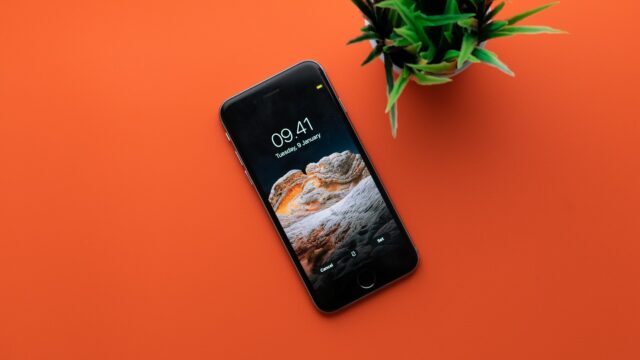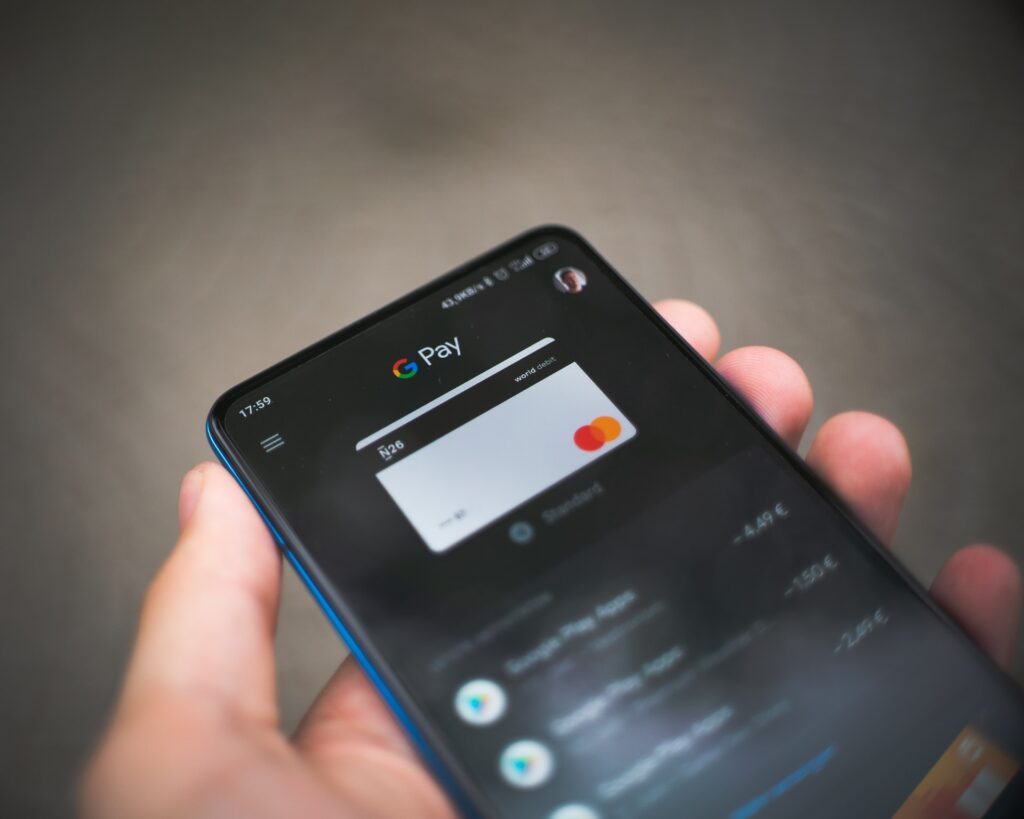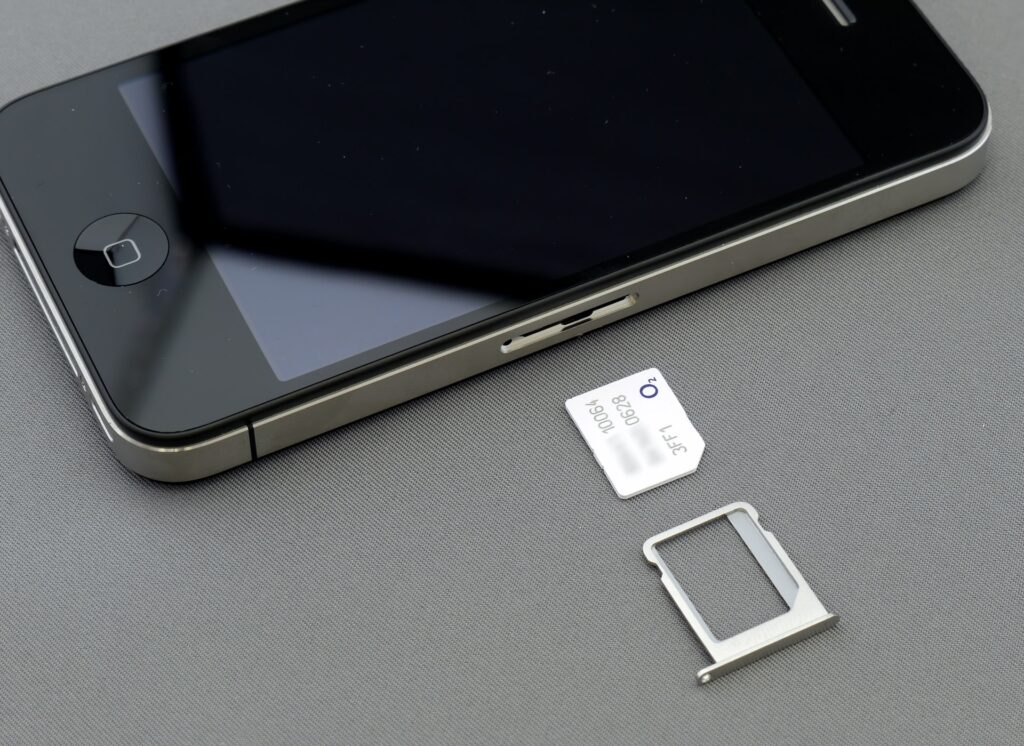
Are people still actually using the old school phone card in 2024?
You might be surprised to know that even though these cards have been around for a few decades people are still using them even though we now have access to free video calling apps.
According to Peter Moore from phonecardpoint.com.au phone cards are still incredibly popular even over VoIP options especially for people who are phone to or from lesser developed countries where the internet can be a problem.
In this article, I’m going to give you some of my very best tips on how to buy a phone card and how to avoid the common scams that providers try to use.
1. What is a phone card?

A phone card is not actually a “card” it is really just a phone gateway that you use to make cheap international calls.
Even though people may buy a physical phone card it’s really just a card with instructions on how to make calls, you are not swiping it into any machine.
This gateway “tricks” your telecommunications provider into thinking that you’re only making a local call when in fact you are making an international call.
2. How does a phone card work?
Phone cards generally involve a 3 step process:
Step 1: call the local access number

The local access number is just a normal local number that your friends and family would have. When you call the local access number this is all your telecommunications provider sees, from that point the phone card gateway kicks in and then makes the international call for you.
Step 2: enter your PIN
Each phone card comes with its own unique PIN number which holds the talk time you have available.
Step 3: dial the international number

Once you’ve entered in your PIN number you can now key in the international phone number.
The downside to this is that for some this is a lot of work to make a call but there are some things you can do to make it a little less effort.
3. Get pin-less dialing
PIN free or PIN-less dialing simply means you don’t need to enter in the PIN every time you make a call. When you call the local access number the phone card gateway recognizes your number and then enters the PIN for you automatically.
Now all you need to do is dial the local access number and then the international phone number.
4. Program these steps into your mobile

If you’re using a mobile then chances are you can just program all of these steps into your phone and let your phone go through all of the steps for you.
Open your contacts and tap on the “phone number field”
Then simple enter in all of the steps separated by a comma, for example:
0212345678,5874589587,001164345555883
This sequence dials the local access number pauses, then enters in the PIN, pauses and then enters in the international number.
This is the method I use whenever I purchase a new phone card, it makes things so much easier!
5. Phone Card Fees
Before you purchase a phone card it’s important to understand the different types of fees that you’re likely to run into.
Phone card providers tend to make money by a thousand little cuts that consumers hardly notice rather than big obvious charges – let’s take a look at the most common.
Connection and disconnection fees

This is when the phone card company deducts money from your phone card upon successful connection which can either be:
- Voicemail
- Person
- The wrong person i.e. you encounter a cross-line where someone you don’t know answers the call due to a technical issue with the phone card carrier line. If this happens don’t keep trying just call the customer service team as soon as you can.
Connection and disconnection fees are very common and, on the surface, may seem like a negative thing but it a lot of cases these cards tend to carry a lower per-minute phone rate.
This isn’t always the case sometimes the difference is minimal depending on which country you are phone to and sometimes there is no change at all so obviously check the rates against the other cards.
Admin Fees
These are fees that are deducted from your card at the end of every month, these fees help the phone card company service your card – this is of course a scam and any cards that have admin fees should be avoided.
Billing increments

Billing increments is when you are charged. For example, if you have a billing increment of 3 minutes this means that you will be charged the per minute rate every 3 minutes.
If your per minute rate is 10 cents then you’ll be charged 30 cents every 3 minutes.
Here’s the catch, if you only make a 1-minute call you will be charged 30 cents because you are charged in blocks. This means if you’re not hanging up a second before your 3-minute blocks are done you’re actually losing a little bit of money.
Breakage
This is not necessarily a “fee” but is a way phone card companies make a good amount of money.
Breakage simply means that you can a few cents left on your card but it’s not enough to actually make a phone call. In this case, the card expires and takes that money.
This is obviously small so most people don’t miss it but this adds up quickly for the service provider.
Expiration
Every card will have an expiration date and one of the things that you need to keep in mind is that when this card does expire you could lose the remaining balance on your card.
There are some companies who will allow you to recharge an existing card and reclaim the pre-existing balance, again this is why I highly recommend phone up the customer service team for that company so you can find out what happens to your remaining credit if your card expires.
Call units
This isn’t so much a fee as it is a different pricing structure. Most phone cards will give you a tangible dollar amount when you view your balance but some cards will use call units. This type of structure is used to hide the actual costs of your calls since only they know what a unit actually is.
My advice here is to avoid cards that use some weird pricing scheme instead of actual numbers you can understand.







